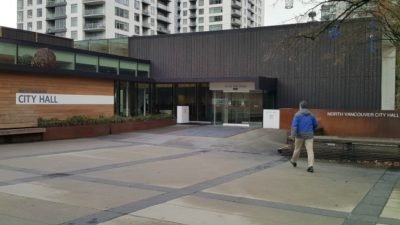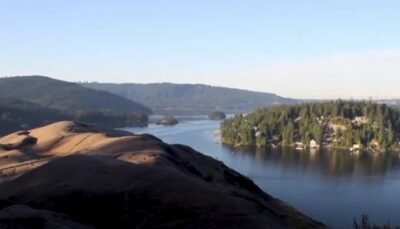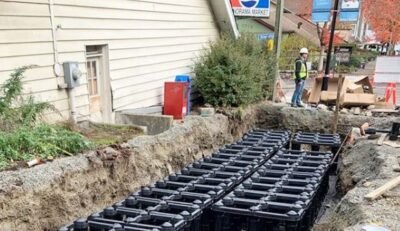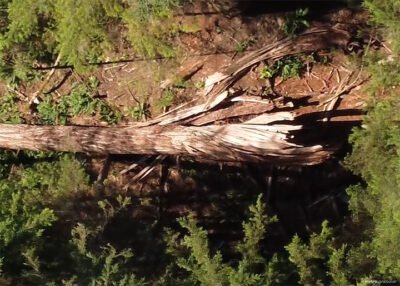The downing of Flight 752 robbed the world of 176 unique and precious lives. Of at least 57 Canadians killed in the disaster, most were of Iranian-Canadian background. Most of the 176 victims were headed to Canada as their final destination and had ties here.
As in the case of disasters generally, adversity provokes unity.
Canadians woke up to the existence of a strong Canadian-Iranian community in our country. More than ever, people learned why the terms “Iranian” and “Persian” are used interchangeably (“Iran” is the modern day name of the Mideast country; “Persia” refers to its historical name and more broadly evokes the history, culture, and Farsi language, the language spoken by a majority of persons of Iranian background).
Canadians received two “crash courses” — firstly, on the geopolitical circumstances of modern-day Iran and surrounding tensions; how its military and its proxies are involved in neighbouring Iraq, with which it fought a war from 1980 through 1988, which claimed over a million overall casualties; the involvement of American and Canadian forces; and the inevitable perils of living in a heavily armed region.
Secondly, for those digging more deeply, there was an opportunity to learn about the Persian community in Canada, numbering over 200,000, many with close ties back to Iran. That community is composed of at least four different sectors: those who with their descendants immigrated as business immigrants to Canada during the era of Iran’s Shah Mohammad Reza Pahlavi, who was forced to resign in 1979; those who came to Canada as students or visitors before the revolution of 1979 and could not return to Iran due to their political or religious beliefs; those and their progeny who came as refugees from the war with Iraq; and those who immigrated here under fundamentalist Iranian governments that have ruled since the Revolution.
During my term as Canada’s first-ever Government Liaison to the Canadian-Iranian Community, from 2009 through 2015, I learned of the different allegiances, religious leanings, travel patterns, and aspirations of the various members of the Canadian-Iranian community. The differences were sometimes strident, and it was hard to develop common ground on matters that could be translated into government policy.
Canada broke diplomatic relations with Iran in 2012, citing the threat of espionage in Canada allegedly conducted by Iranian diplomats. That break was an inevitable outcome of a strained relationship. Leading up to the break, official Canadian Government policy was to engage formally with Iranian officials only on three matters: investigation of the murder of Canadian-Iranian journalist Zahra Kazemi under confinement by Iranian authorities; nuclear disarmament by Iran; and curtailing of terrorist activity sponsored by the Iranian regime.
Through all of these tensions, persons of Canadian-Iranian background suffered. Oppressive policies in Iran worried them. They feared for the safety of family members and friends “back home”. Given the absence of diplomatic offices as between the two countries, travel between Iran and Canada was limited for those who needed visas.
The tension also curtailed what would otherwise have been normal exchanges between the two countries’ representatives. In an exchange I’ll never forget, I presented to then Prime Minister Stephen Harper the plan I’d made with Jason Kenney, then Minister for Citizenship, Immigration and Multiculturalism, that I visit Iran in 2012, before we closed our embassy. I suggested I merely land in Tehran, go to our embassy to encourage our staff, and leave the country.
Glaring down at me with those famous laser-blue eyes, the Prime Minister replied, “Which part of ‘no’ do you not understand?” Harper rightly saw more problems than solutions that could have arisen from my plan.
Canadians looking for a way to support members of the Canadian-Iranian community should plan to attend Nowrouz — Persian New Year celebrations — which will unfold between March 19th and March 31st this year. Nowrouz is “Persian Spring” — a celebration of the renewal of nature and particularly the receding of winter. It contains a strong spiritual element, as participants leap over fires to represent the burning away of the past (“Chaharshanbe Suri”), celebrated on the eve of the last Wednesday of the Nowrouz season. Nowrouz is a reminder that it is often darker before the dawn. Nowrouz is a source of hope, of turning from a dark past to a brighter future.
Once we are open to that sense of renewal, the Persian Nowrouz traditions beckon us to look beyond the coldness and darkness of anger and bitterness, and get on with the springtime in people’s souls, that brings peace – SOLH, love – ESHGH, and freedom – AAZAADI!
Another great tradition celebrated by Persians at Nowrouz is the reciting of their poetry. Persians revere their poets, including Hafez, Omar Khayyam, Rumi, and 13th Century writer Saadi, who wrote the following words, relevant today, words enshrined at the entrance to the United Nations building in New York:
“All human beings are members of one frame,
Since all, at first, from the same essence came.
When time afflicts a limb with pain
The other limbs at rest cannot remain.
If thou feel not for other’s misery
A human being is no name for thee.”
As we offer condolences to Persian-Canadian friends, let us join them this year at Nowrouz.
John Weston served as Member of Parliament for West Vancouver-Sunshine Coast-Sea to Sky Country from 2008 through 2015. He was the first-ever Government Liaison to the Canadian-Iranian Community.










Comments
NOTE: The North Shore Daily Post welcomes your opinions and comments. We do not allow personal attacks, offensive language or unsubstantiated allegations. We reserve the right to edit comments for length, style, legality and taste and reproduce them in print, electronic or otherwise. For further information, please contact the editor or publisher, or see our Terms and Conditions.